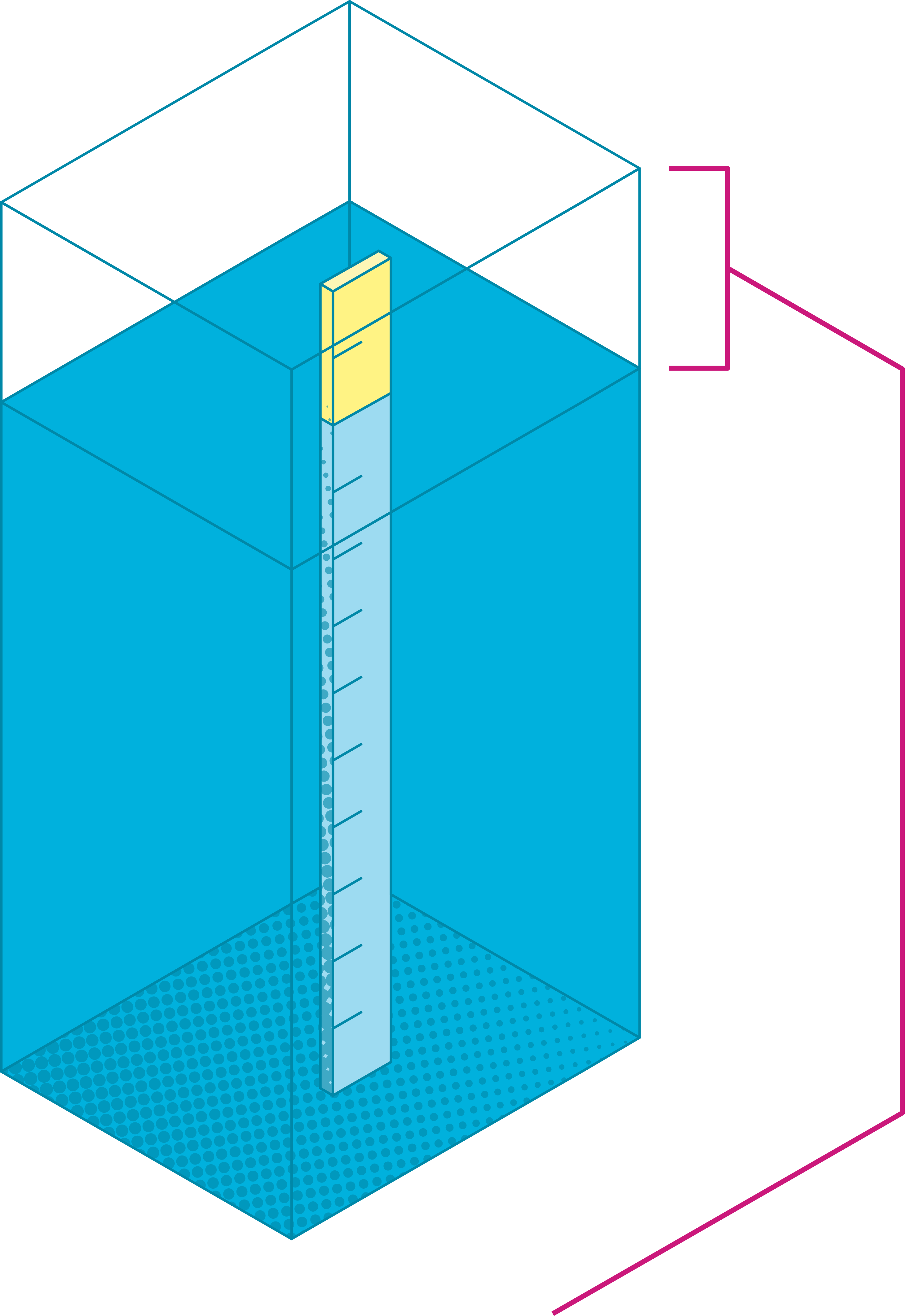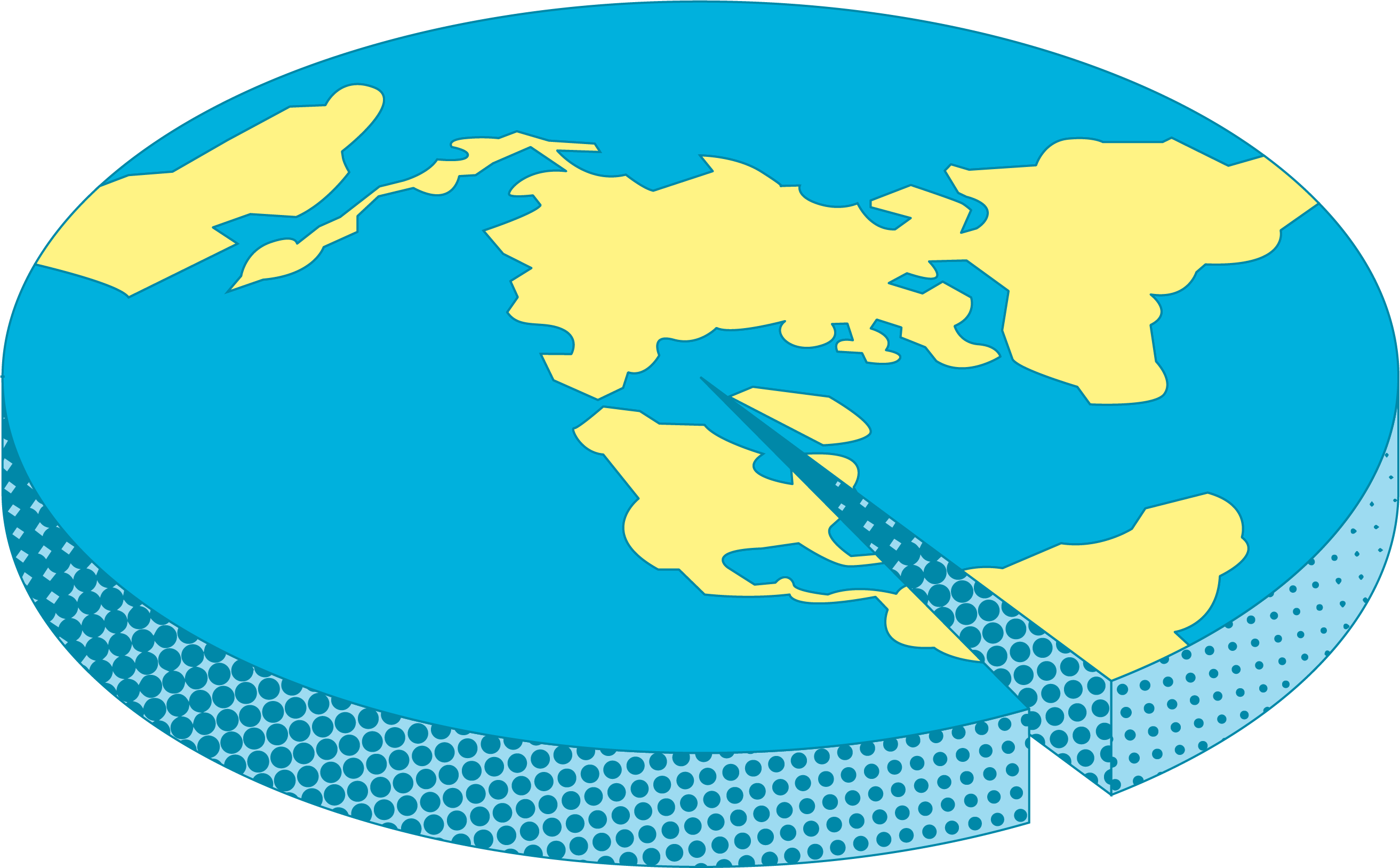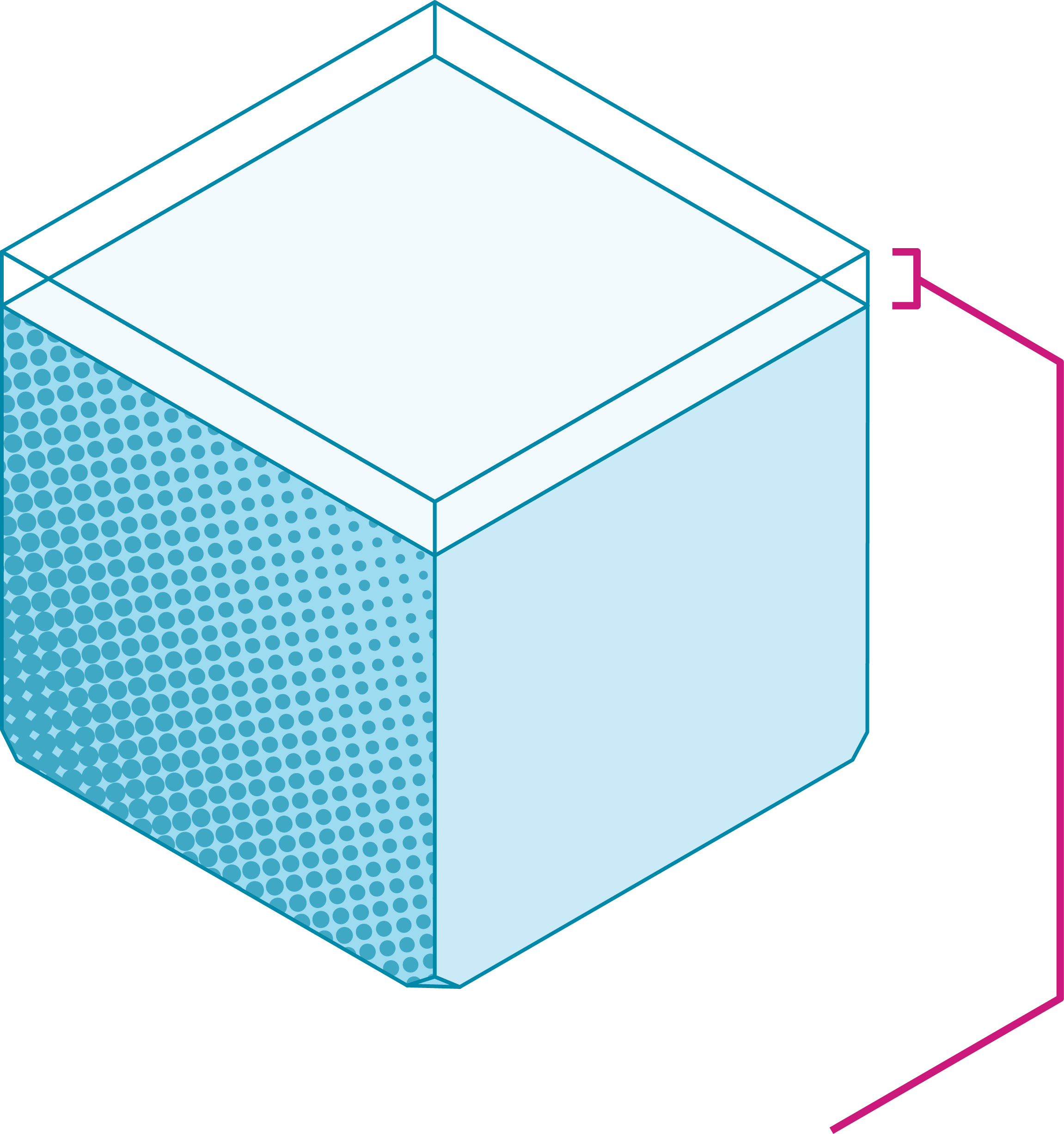


Glaciers Reveal Dire Warning for Water-Scarce Future
Earth's glaciers contain less water than we thought, and that's not good news, scientists say.

February 7, 2022, 11:05 am

Earth’s glaciers are melting as a result of human-driven climate change, a trend that has both local and global implications because glacial runoff provides freshwater to communities and ecosystems, while also contributing to sea level rise, which threatens coastal populations around the world.


3inches
less sea level rise from glacier melt

FIRST ATLAS OF GLACIAL MOVEMENT AND THICKNESS
Now, scientists led by Romain Millan, a postdoctoral scholar at the Institute of Environmental Geosciences in Grenoble, France, have produced the first global atlas of glacial movement and thickness, which reveals that the world’s glaciers have the potential to add an estimated 257 millimeters (10 inches) to sea level rise—roughly 20 percent less than previous estimates of about 13 inches.


A DANGER TO FRESHWATER RESOURCES
On the surface, this finding may sound like a rare piece of good news about rising
sea levels, but Millan
and his colleagues emphatically reject that characterization for a few reasons. Most importantly, the
research raises alarms about freshwater availability in regions such as the tropical Andes Mountains,
which
contain 27 percent less glacial ice than previously calculated, according to the team’s study,
which was
published on Monday in Nature Geoscience.
“The takeaway message is that we find, overall, that there is less ice in glaciers and it's bad news
in terms of freshwater resources for people around the world,” Millan said in a call.


“
There is less ice in glaciers and it's bad news in terms of freshwater resources for people around the world,”

NEW SATELLITE MAPPING TECHNOLOGY
The team built this robust map of world glaciers from more than 800,000
images of Earth from space taken
between 2017 and 2018 by the European Space Agency’s Sentinel-1 and Sentinel-2 satellites, and NASA’s
Landsat-8 satellite. This space-down view covers 98 percent of Earth’s glaciers, some of which have never
been mapped before, including regions in Caucasus, New Zealand, and islands located off the coast of
Antarctica.
The vast trove of data enabled the researchers to clock the velocity of glacial ice worldwide for the first
time, adding a key missing piece of the puzzle compared to previous estimates of global glacial volume. The
technique exposed some of the world’s fastest flowing ice, such as Penguin Glacier in Patagonia, which is
moving at more than seven miles per year.



98%
of earth's glaciers have now been mapped
“Since 2013, there has been a revolution in satellite imagery,” Millan
explained. “For example, with
Sentinel-2, you can get a picture of the same glacier every five days, which has completely changed the
way
we look at glaciers. This allows us to really do a systematic mapping of the ice velocity of all the
glaciers.”
“We mapped the ice velocity at a resolution of 50 meters” which “allows us to look at fine details in
glaciers that was not possible in the past,” he added. “The ice velocity gives you a sense of where the
ice
is thin and where the ice is thick, and knowing that, we can re-estimate the volume of the world's
glaciers.”


11%
less glacial ice in total

UNEVEN DISTRIBUTIONS OF GLACIAL ICE
Overall, the results revealed that the world’s glaciers contain 11 percent less
ice compared to previous
estimates, though these ice deficits were not evenly distributed across the globe. Some regions contain far
more ice reserves than previously estimated; the glaciers of the Himalayas, for instance, hold 37 percent
more ice than suggested by past studies.
However, communities in North Asia, which the team estimates may have 35 percent less ice than previously
estimated, as well as those located in parts of the Andes Mountains, may be much more vulnerable to
freshwater depletion in the future than anticipated. This finding has
implications for millions of people
who need freshwater not only to drink, but for crop irrigation and hydropower, among other
applications.


“
The loss of the massive ice sheets in Greenland and Antarctica would still swamp the glacial contribution to rising sea levels by hundreds of feet in the long term.”

UNMAPPED ICE SHEETS
The new atlas can also improve projections of sea level rise, a trend that has consequences for coastal communities around the world. However, Millan noted that the study only models glaciers around the world, as opposed to massive ice sheets like those located in Greenland and Antarctica, which will be the major driver of sea level rise over the long term. While the researchers found that glaciers may contribute three fewer inches to rising sea levels, the loss of those massive ice sheets would still swamp that glacial contribution by hundreds of feet.

35%
less ice in North Asia (and 27% less ice in the Andes)
NEEDING MORE INFORMATION
Millan and his colleagues said that their findings will need to be
bolstered by field surveys of the
world’s glaciers, which will double-check the satellite observations from the ground. Even so, the study
represents a quantum leap in our understanding of global glacier cover, with major implications for
scientists in the field as well as policy-makers hoping to mitigate the effects of human-driven climate
change.
“This new geometry is more coherent in time, and captures the shape of the glaciers in a much better way,
which changes everything for the future evolution of glaciers,” Millan concluded.

35%
less ice in North Asia (and 27% less ice in the Andes)
Designed by Jocelyn Grant | WWU Digital Media
Design 2022 | Portfolio
Based on “First 'Atlas' of World Glaciers Reveals Dire Warning for Water-Scarce Future”
Published by Vice 2.7.22